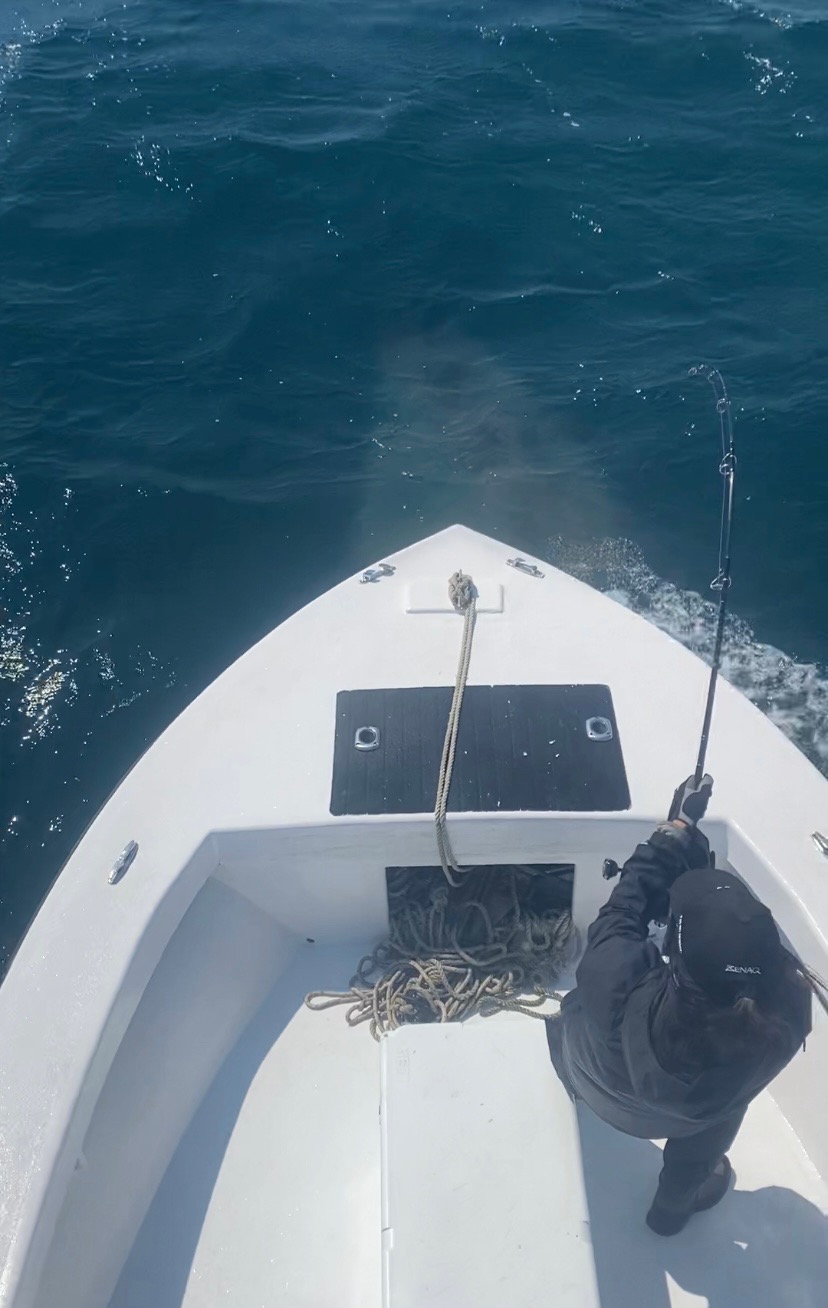The Night Sky: July will feature two meteor showers By GERRY LEBING
By GERRY LEBING
By GERRY LEBING
July will begin with Jupiter, Mars, and Saturn all prominent in the evening skies. Jupiter is the brightest object in the southwest. The prominent triangle formed by Mars, Saturn, and Antares will be almost due south at dusk.
Neptune will rise at about 11:30 p.m., followed by Uranus at 1:20 a.m. Both will rise near the eastern horizon.These two planets are almost identical in size, but Neptune is 2.7 billion miles away from us while Uranus is a mere 1.9 billion miles away. The change in distance has a profound effect on how bright the two planets appear.
Neptune has a visual magnitude of +7.9, making it invisible to the unaided eye. But, you can view it through a good pair of binoculars. It will appear to be a very bright star. Uranus on the other hand has a visual magnitude of +5.9. That means on a very clear dark night you might be able to see it with your unaided eye. If you decide to do this, you can increase your odds by picking a location as far away from the village lights as possible.
July 28 and 29 will be the peak of Delta Aquarids meteor shower. The Delta Aquarids run from July 12 to Aug. 23, but the most activity is predicted for the night of July 28. The best viewing will be after midnight. You can expect about 20 meteors per hour. They can appear almost anywhere in the night sky but will appear to originate from the constellation Aquarius. Aquarius will rise in the southeast at about 9:30 p.m.
The Perseids Meteor Shower will also be visible in July. This shower is visible from July 17 to Aug. 24. Its peak activity is in August, and the Perseids are renowned for producing up to 60 meteors per hour. Like the Delta Aquarids, the Perseids are best viewed after midnight. Similarly, the shooting stars can appear anywhere in the sky, but these meteors will appear to come from the constellation Perseus. Perseus will rise in the northeast just before 11 p.m.
JUNE HIGHLIGHTS
June offered several good nights for astrophotography. The southern part of the skies offered views of several nebulae including the Trifid Nebula and Lagoon Nebula.
This is M20, the Trifid Nebula. It’s about 5,000 light years away. Its visual magnitude is +6.3. That puts it out of sight for the unaided eye, but M20 is a good target for a pair of binoculars or a telescope. The Trifid Nebula can be found in our southern skies throughout July.
This is an image of a sunspot I took on a bright afternoon when the moon was full, so I wasn’t thinking about doing any nighttime observations.
The sun is a pretty easy target to find in a telescope, but you need to take some serious precautions:
1. Never look directly at the sun.
2. Don’t try to use your finder scope to “center the sun.”
3. Make sure you have a solar filter on your telescope before viewing the sun.
I use a solar filter and camera to view the sun. That way I never have to look directly at the sun. If something goes wrong when viewing the sun, you could damage your eyes or even suffer blindness.
Messier 84 (center) and Messier 86 (center bottom) are the two bright galaxies in this shot. On their left are NGC 4386 and NGC 4387. NGC 4402 is on the right. There are four more galaxies near the top of the page, from left to right: NGC 4413, NGC 4425, and the Eyes (NGC 4435 and NGC 4438). Together, they all form part of Markarian’s Chain of Galaxies. Markarian’s Chain is in the constellation Virgo.
MOON PHASES
New moon: July 4
First Quarter: July 11
Full moon: July 19
Last Quarter: July 26
ASTRONOMY TALK
Sunspots are cool areas that appear on the surface of the sun. They can last from a few days to several months.
(Gerry Lebing is a retired computer scientist with the U.S. Geological Survey in Washington, D.C. He has visited Hatteras Island since the mid-1970s. He and his wife, Karen, have owned property here for several years and moved to their home in Waves full-time in 2013. Astronomy is a subject that Gerry says he has always been interested in and one that he pursues seriously — he’s built an small observatory next to his house. You can send him questions about the night sky through e-mail, gerry@wmi.org.)

















